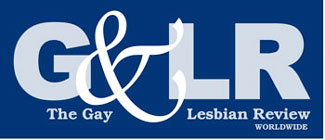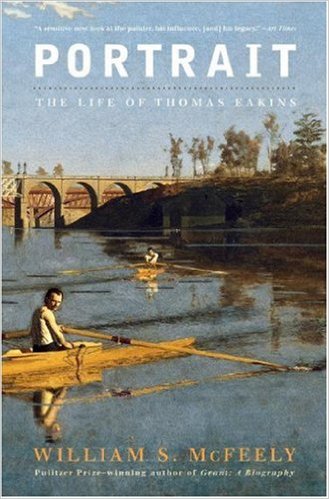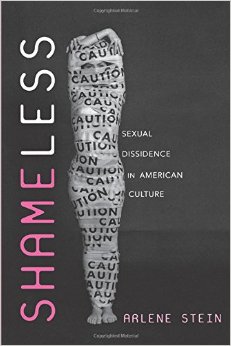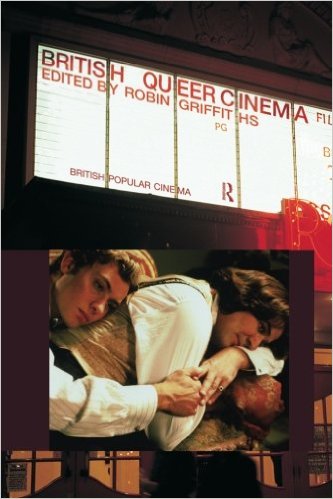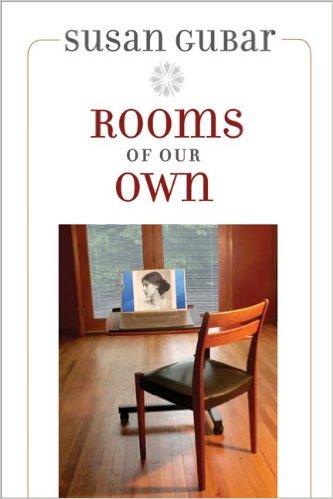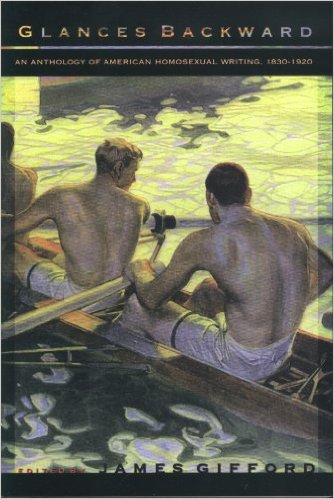
100 Years of Innuendo
Gifford, author of the excellent Dayneford’s Library (1995) and a scholar of the writer and critic Edward Prime-Stevenson, whom he quotes frequently, has collected about fifty American writers of prose, poetry, and nonfiction, excerpted some of their most telling works, and provided a well-written introduction that instructs the reader on how to read between the lines, remembering to notice bookplates and dedications.
More
